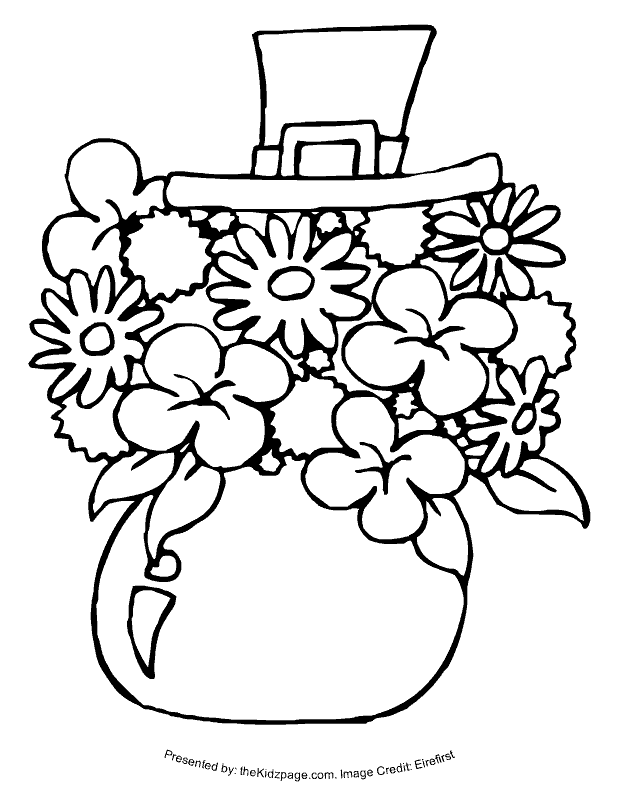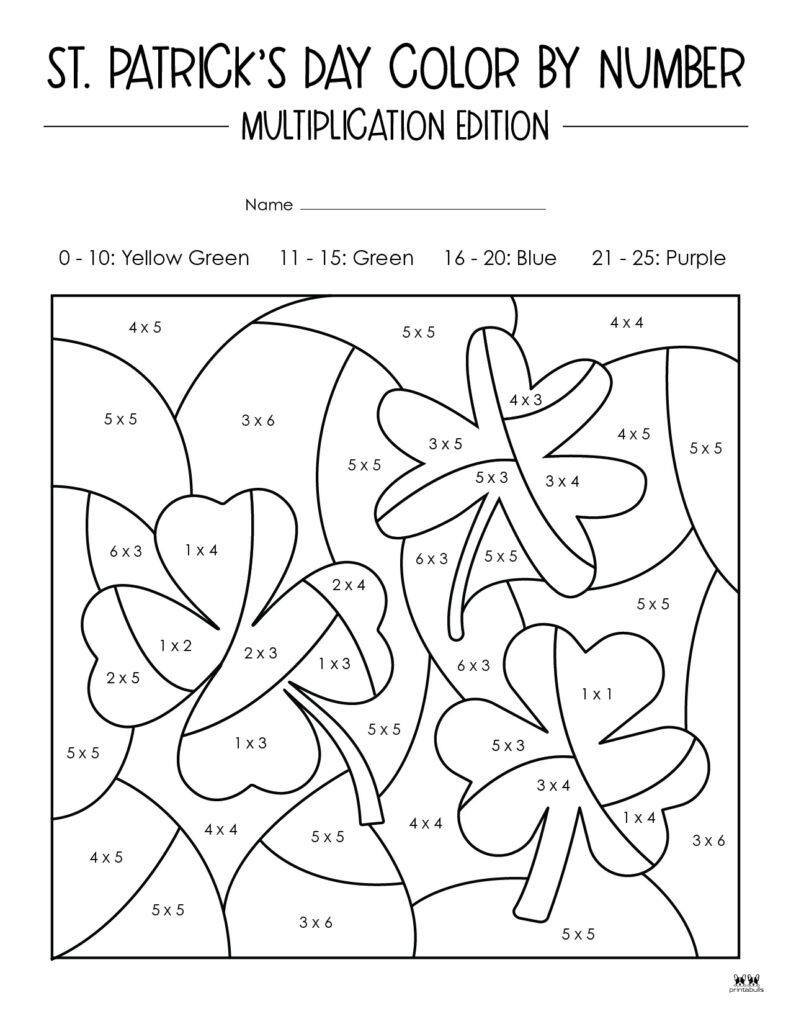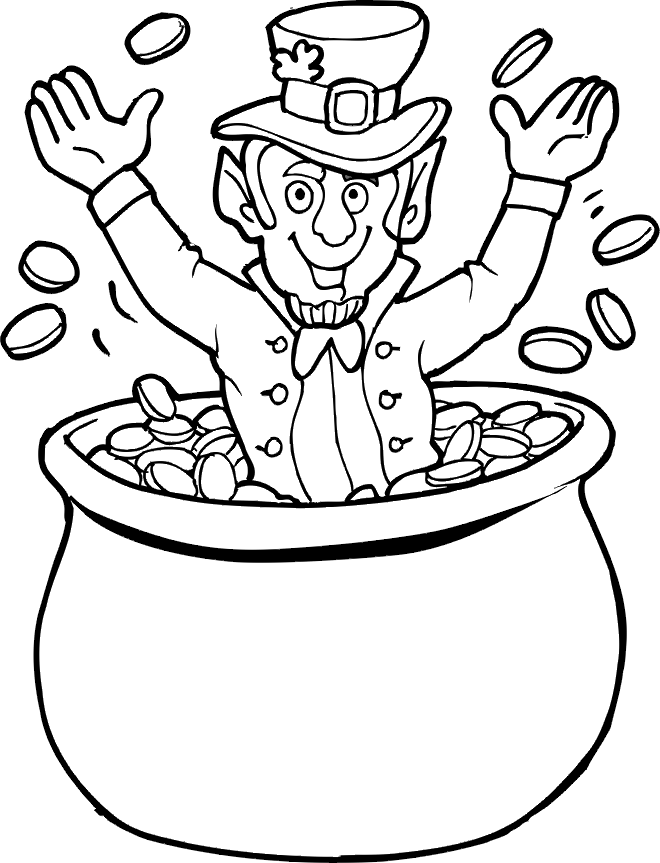Gallery
Photos from events, contest for the best costume, videos from master classes.
 |  |
 |  |
 |  |
 |  |
 |  |
 |  |
What color do people dye food on St Patrick's day? , What cereal might you eat on St. Patrick's Day?, Hope, faith, luck, and ____ are the meanings of four petals on a clover., Before starring in a famous 90s sitcom, this actress appeared in the horror movie Leprechaun. Green, the dominant color of St. Patrick’s Day, is inextricably linked to Ireland itself. Known as the “Emerald Isle,” Ireland’s lush landscapes, rolling hills, and verdant fields have long been associated with this vibrant hue. The association between St Patrick’s Day and the color green is profound. Traditionally, people wear green, dye rivers or fountains green, and world-famous landmarks are illuminated in green. This color connects deeply with Ireland for several reasons. Blue has historically been the color of St. Patrick himself, and orange is part of the celebrations as a stripe on the Irish flag—although we don't recommend wearing orange by itself. Another color often seen on Saint Patrick’s Day is gold. Gold is associated with wealth, luck, and prosperity. According to Irish legend, there is a pot of gold at the end of the rainbow. So, it makes sense that gold would be a popular color on Saint Patrick’s Day. Many people wear gold on Saint Patrick’s Day as a way to attract good luck. So whether you’re marching in a parade, sharing a meal with loved ones, or simply wearing a shamrock, remember the deeper meaning behind it all. St. Patrick’s Day is a time to honor the past, celebrate the present, and look forward to the future with hope and courage. FAQs. What Is the Real Meaning of St. Patrick’s Day? St. Patrick’s Day is often associated with three primary colors: green, orange, and white. These colors hold significant meaning and are deeply rooted in Irish history and tradition. Green is the most prominent color associated with St. Patrick’s Day, and for good reason. Green is a big part of St. Patrick’s Day. This color reminds us of Ireland’s beautiful green fields and forests. It also helps us think about nature and how important it is. Many people believe that nature is a gift from God. On St. Patrick’s Day, the color green can make us think about taking care of the Earth. The History and Traditions of the NYC St. Patrick's Day Parade; 9 Enchanting Legends of Saint Patrick's Day: Embracing the Mystical and the Magical; The Significance of Wearing Green on St. Patrick's Day; Making Irish Soda Bread for St. Patrick's Day: A Culinary Journey; The Green Heart of March: St. Patrick's Day Traditions and Celebrations Discover the history and the hidden meaning behind the color and the symbol that dominate the festival of Saint Patrick's Day. A close-up picture depicting many green shamrocks, the famous symbol of the festival. A typical Saint Patrick’s Day celebration is dominated by the green color. Learn the meaning of the four St. Patrick's Day colors, and why they're important not only St Patrick's Day, but also to Irish history! St. Patrick’s Day coloring pages offer a fun and creative way to celebrate Irish culture. This collection of 20 free printable pages features classic symbols like shamrocks, leprechauns, and pots of gold, perfect for all ages to enjoy and learn about the holiday. Green is the primary color of St. Patrick’s Day, representing Ireland’s love for its land and its people’s connection to the earth. Orange is a secondary color of St. Patrick’s Day, representing the country’s complex history and the struggles of its people. In recent years, the colors of St. Patrick’s Day have also been used in advertising and marketing campaigns, from beer to clothing brands. The Cultural Significance of St. Patrick’s Day Colors. The colors associated with St. Patrick’s Day have a deep cultural significance, representing the country’s rich heritage and traditions. St. Patrick's Day's spiritual meaning is rooted in Christianity. At its core, St. Patrick's Day is a religious holiday celebrated by Catholic, Lutheran, Anglican, and Eastern Orthodox Christians.. The man who inspired the holiday, Saint Patrick, is best known for bringing Christianity to Ireland in the 5th century. Formally called The Order of Saint Patrick, the symbolic color became known as “Saint Patrick’s Blue.” To this day, several sports teams in Ireland wear Saint Patrick’s Blue on their uniforms. St. Patrick’s Day, celebrated annually on March 17th, is a cultural and religious holiday commemorating the death of Ireland’s patron saint, St. Patrick. While the holiday is steeped in rich history and tradition, one of the most recognizable aspects of St. Patrick’s Day is the color green. There are seven symbols that hold special meaning on this day. The St. Patrick’s Day symbols are shamrocks, the color green, leprechauns, parades, corned beef and cabbage, and green beer and the harp. While some of these symbols tie to St. Patrick directly, most correlate more with celebrating Irish culture and showing Irish pride in general. Why Do People Love St. Patrick’s Day? So, why do we love this day so much? It’s simple: St. Patrick’s Day brings people together! Whether you’re Irish or just love the fun, it’s a chance to wear green, eat good food, and laugh with friends. It’s about remembering St. Patrick’s big heart and celebrating a culture that’s full of life.
Articles and news, personal stories, interviews with experts.
Photos from events, contest for the best costume, videos from master classes.
 |  |
 |  |
 |  |
 |  |
 |  |
 |  |